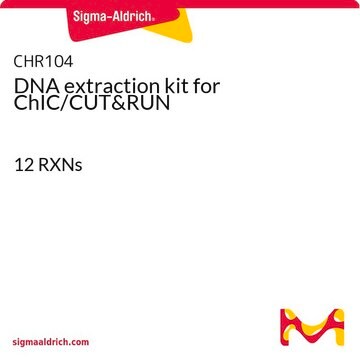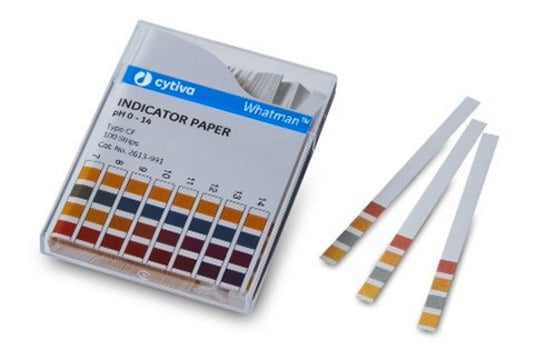Kluczowe dokumenty
E12508
Ethylbenzene
ReagentPlus®, 99%
Synonim(y):
NSC 406903, Phenylethane
About This Item
19 mmHg ( 37.7 °C)
Polecane produkty
gęstość pary
3.7 (vs air)
Poziom jakości
ciśnienie pary
10 mmHg ( 20 °C)
19 mmHg ( 37.7 °C)
linia produktu
ReagentPlus®
Próba
99%
Formularz
liquid
temp. samozapłonu
810 °F
granice wybuchowości
6.7 %
współczynnik refrakcji
n20/D 1.495 (lit.)
bp
136 °C (lit.)
mp
−95 °C (lit.)
gęstość
0.867 g/mL at 25 °C (lit.)
ciąg SMILES
CCc1ccccc1
InChI
1S/C8H10/c1-2-8-6-4-3-5-7-8/h3-7H,2H2,1H3
Klucz InChI
YNQLUTRBYVCPMQ-UHFFFAOYSA-N
Szukasz podobnych produktów? Odwiedź Przewodnik dotyczący porównywania produktów
Opis ogólny
Zastosowanie
Informacje prawne
Nie możesz znaleźć właściwego produktu?
Wypróbuj nasz Narzędzie selektora produktów.
Hasło ostrzegawcze
Danger
Zwroty wskazujące rodzaj zagrożenia
Zwroty wskazujące środki ostrożności
Klasyfikacja zagrożeń
Acute Tox. 4 Inhalation - Aquatic Chronic 3 - Asp. Tox. 1 - Flam. Liq. 2 - STOT RE 2
Organy docelowe
hearing organs
Kod klasy składowania
3 - Flammable liquids
Klasa zagrożenia wodnego (WGK)
WGK 1
Temperatura zapłonu (°F)
71.6 °F - closed cup
Temperatura zapłonu (°C)
22.0 °C - closed cup
Wybierz jedną z najnowszych wersji:
Masz już ten produkt?
Dokumenty związane z niedawno zakupionymi produktami zostały zamieszczone w Bibliotece dokumentów.
Klienci oglądali również te produkty
Nasz zespół naukowców ma doświadczenie we wszystkich obszarach badań, w tym w naukach przyrodniczych, materiałoznawstwie, syntezie chemicznej, chromatografii, analityce i wielu innych dziedzinach.
Skontaktuj się z zespołem ds. pomocy technicznej














